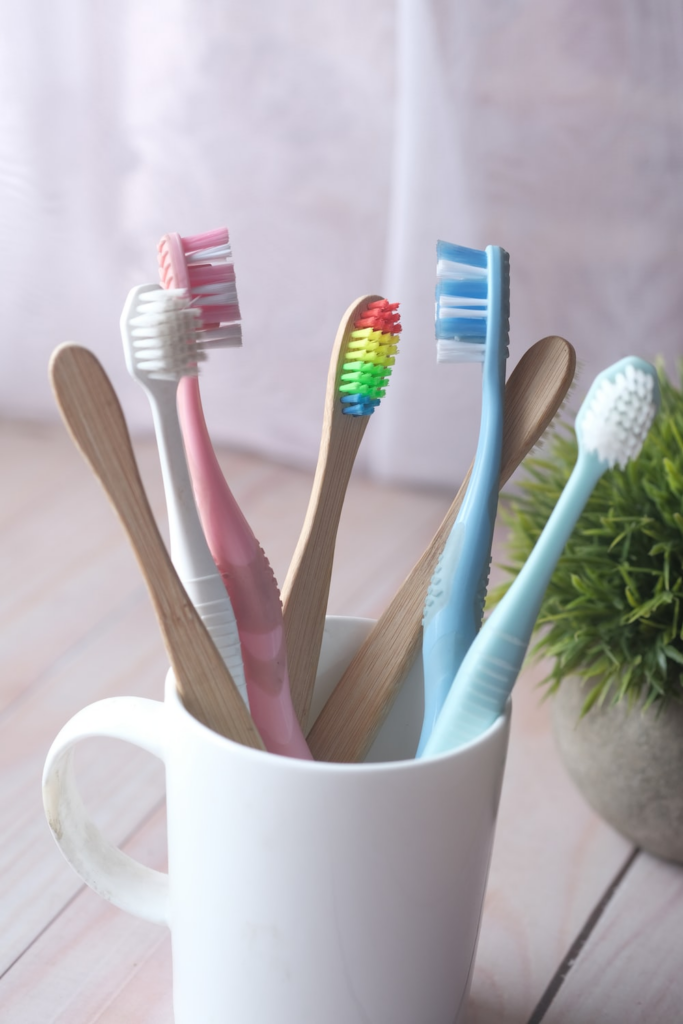
Have you ever found yourself in a situation where you wished you had fresher breath? Whether it’s before a job interview, a romantic date, or just in daily interactions, bad breath can be embarrassing and detrimental to your confidence. Thankfully, mouth fresheners come to the rescue as a quick and effective solution. In this article, we’ll delve into the world of mouth fresheners, exploring their types, benefits, and tips for maintaining impeccable oral hygiene.
Table of Contents
- Introduction
- Understanding Bad Breath
- The Role of Mouth Fresheners
- Types of Mouth Fresheners
- 4.1 Mints and Chewing Gums
- 4.2 Sprays and Mouthwashes
- 4.3 Natural Mouth Fresheners
- Key Ingredients to Look For
- 5.1 Peppermint and Spearmint
- 5.2 Cinnamon and Clove
- 5.3 Xylitol
- Choosing the Right Mouth Freshener
- Benefits Beyond Breath
- 7.1 Improved Digestion
- 7.2 Stress Relief
- Maintaining Oral Hygiene
- 8.1 Regular Brushing and Flossing
- 8.2 Tongue Cleaning
- 8.3 Staying Hydrated
- Precautions and Considerations
- DIY Natural Mouth Fresheners
- Innovations in the Industry
- Dispelling Common Myths
- 12.1 Addictiveness of Mints and Gums
- 12.2 Substituting Mouth Fresheners for Dental Care
- Cultural Significance
- The Connection Between Diet and Breath
- Conclusion
Introduction
Imagine a world where you could confidently strike up a conversation without worrying about the freshness of your breath. Mouth fresheners make this a reality by providing a convenient way to combat bad breath on the go. But their benefits go beyond that – they can also offer a sense of comfort and relaxation.
Understanding Bad Breath
Bad breath, medically known as halitosis, can stem from various factors, including poor oral hygiene, certain foods, smoking, and underlying health conditions. It can be a social obstacle, affecting personal and professional relationships. However, with the right approach, you can easily tackle it.
The Role of Mouth Fresheners
Mouth fresheners are designed to mask unpleasant odors and leave your mouth feeling rejuvenated. They offer a temporary solution, making them ideal for quick fixes and immediate freshness.
Types of Mouth Fresheners
Mints and Chewing Gums
Mints and chewing gums are popular choices due to their convenience. They stimulate saliva production, which helps cleanse the mouth and neutralize acids, leading to fresher breath.
Sprays and Mouthwashes
Sprays and mouthwashes provide instant freshness by killing bacteria that cause bad breath. They often contain antimicrobial agents that offer a long-lasting effect.
Natural Mouth Fresheners
Natural options like fennel seeds, cardamom, and parsley have been used for centuries to freshen breath. They also have digestive and health benefits.
Key Ingredients to Look For
Peppermint and Spearmint
Peppermint and spearmint are common ingredients due to their natural ability to freshen breath. They have a cooling effect and help mask unpleasant odors.
Cinnamon and Clove
Cinnamon and clove not only provide a pleasant aroma but also have antimicrobial properties that combat bacteria in the mouth.
Xylitol
Xylitol, a sugar substitute, not only sweetens but also prevents the growth of bacteria that cause cavities and bad breath.
Choosing the Right Mouth Freshener
Selecting the right mouth freshener depends on your preferences and needs. Consider factors like convenience, ingredients, and the specific benefits you seek.
Benefits Beyond Breath
Mouth fresheners offer more than just a quick fix for bad breath. They can contribute to improved digestion and even provide stress relief.
Improved Digestion
Certain ingredients in mouth fresheners, such as fennel seeds and cardamom, aid in digestion by reducing bloating and acidity.
Stress Relief
The act of chewing gum or consuming a mouth freshener can have a soothing effect, reducing stress and anxiety.
Maintaining Oral Hygiene
While mouth fresheners provide immediate relief, maintaining oral hygiene is crucial for long-term freshness.
Regular Brushing and Flossing
Brush your teeth twice a day and floss regularly to remove food particles and bacteria that contribute to bad breath.
Tongue Cleaning
Don’t forget to clean your tongue, as it harbors bacteria that can lead to odorous breath.
Staying Hydrated
Drinking water throughout the day helps flush out bacteria and keeps your mouth moist, reducing the risk of bad breath.
Precautions and Considerations
While mouth fresheners are beneficial, avoid excessive use, as some may contain sugar that can harm your teeth. Additionally, they are a temporary solution and not a substitute for proper dental care.
DIY Natural Mouth Fresheners
You can create your own natural mouth fresheners at home using ingredients like fennel seeds, cinnamon sticks, or lemon juice.
Innovations in the Industry
The mouth freshener industry is constantly evolving, with new products and flavors catering to diverse preferences.
Dispelling Common Myths
Let’s address a couple of misconceptions about mouth fresheners.
Addictiveness of Mints and Gums
Mints and gums are not addictive. While they can be habit-forming, they don’t contain substances that lead to addiction.
Substituting Mouth Fresheners for Dental Care
Mouth fresheners should complement, not replace, your dental care routine. Regular brushing, flossing, and dentist visits remain essential.
Cultural Significance
Mouth fresheners hold cultural significance in many societies, often being offered as a gesture of hospitality after meals.
The Connection Between Diet and Breath
Your diet plays a significant role in your breath’s freshness. Avoiding pungent foods like garlic and onions can help maintain better breath.
Conclusion
Mouth fresheners serve as valuable tools in maintaining oral hygiene and boosting confidence. By understanding their types, benefits, and proper usage, you can effectively combat bad breath and enjoy the many advantages they offer.



